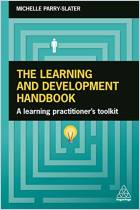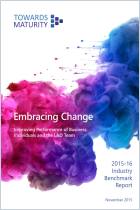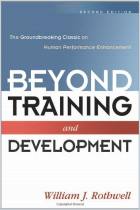This HR book is a work of art, with illustrations and gallery-quality photographs on nearly every page. And the substance matches the style. In collaboration with more than a dozen learning innovators from Europe and North America, learning experts Jos Arets, Charles Jennings and Vivian Heijnen offer the ultimate guide to implementing learning programs according to the 70:20:10 model. getAbstract believes that L&D professionals can benefit from their guidance and that every student, instructor and leader can read this to see what workplace learning can become.
70:20:10
Most learning and development (L&D) professionals became well-acquainted with the term 70:20:10 in training. To most, it means that formal classroom instruction and online courses should amount to only about 10% of an employee’s overall learning. About 20% should come from informal learning with other people – colleagues, team members, coaches and extended professional networks – and 70% should come from doing the work.
People learn least in formal training. Yet some fields require it; for example, lawyers must learn rules, jurisprudence and regulations. Perhaps 30% of their learning time occurs in formal instruction and 60% is spent learning from senior attorneys, with only 10% on the job. Marketers might need less formal training, but may gain 50% of their learning in teams.
Today, people learn online, remotely, around the clock and continuously, using technology, search engines and social networks.
Performance, Not Training
The 70:20:10 approach regards formal training as only one tactic for improving workforce performance. And learning and development teams must focus on performance gain.
Avoid training for training...




















Comment on this summary or 开始讨论